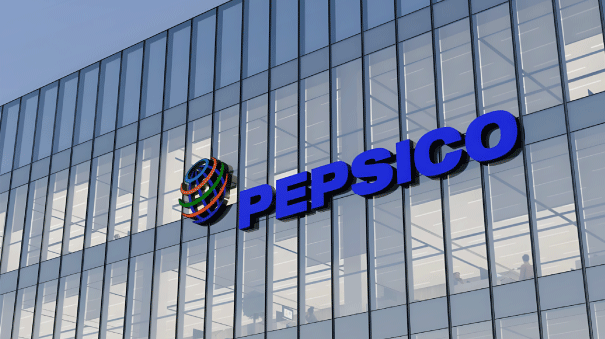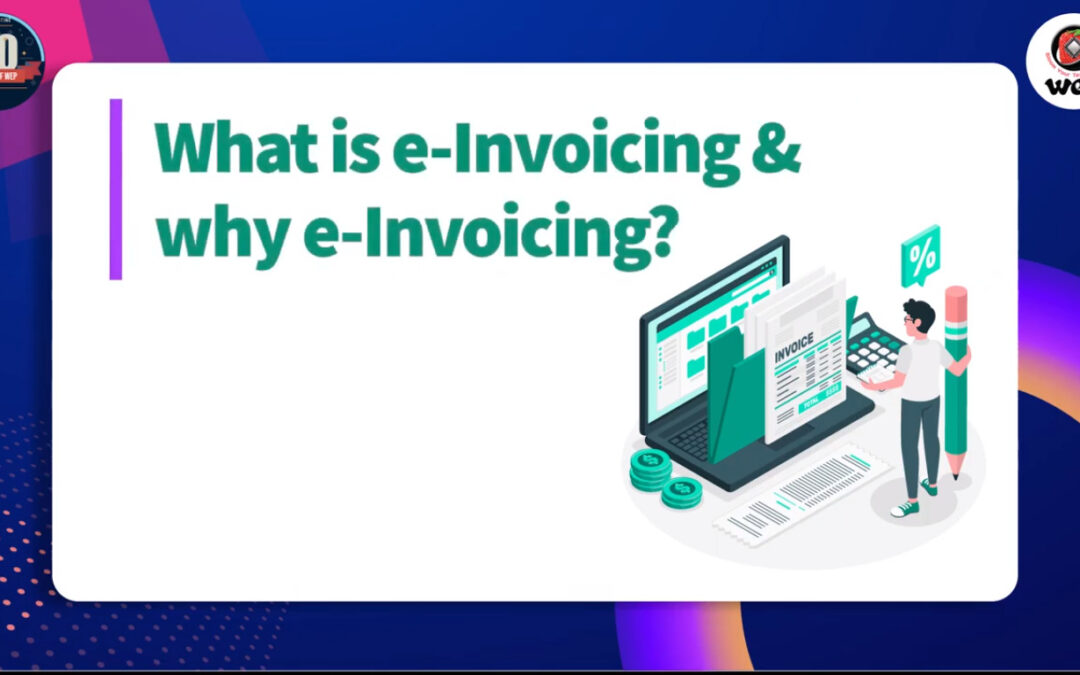e-Invoice
Accordingly, “Goods & Services Tax Network” was set up & it was to be complemented & supplemented by a group of GST Suvidha Providers (GSP) & Application Service Providers (ASP).
Return filing was permitted only through electronic mode in the first phase & the second phase saw e-Way Bill through online portals.
With the law fairly stabilized in the system, it was an opportune time to unveil the next big thing called e-Invoice (or) electronic invoice.
e-Invoice does not mean generation of electronic invoice on GST Portal but reporting of electronic invoice. In other words – Reporting of invoice data generated in a particular format which can be understood by government portal on real time basis.
What is an e-Invoice?
The word e-invoice can evoke myriad images. Many tend to think that raising of invoice on the internet. For some, it conjures up fears of jettisoning the existing billing software. E-invoice entails neither.
Simply put, it ensures generation of invoices conforming to common standards. The necessary schema for this purpose has been developed. All billing/accounting software are required to meet to these standards. A system of authentication is inbuilt into the process.
The abiding objective is to ensure inter-operability across the GST landscape. Inter-operability implies that e-Invoices thrown by one software can be readily understood or rather read by another software/tool.
Applicability
Requirement of e-Invoice is limited to business to business transactions (B2B). Registered Taxpayers with turnover of over Rs 100 crores & above are required to compulsorily issue e-Invoices from 1st April 2020 as per original issue in January 2020. Both suppliers of goods and services are covered.
For taxpayers above Rs 500 crores, obligations are two-fold. They have to not only generate e-invoice for B2B transactions but also the Quick Response (QR) Code for B2C transactions.
As per recent update from the 39th GST Council Meeting held on the 14th of March 2020, the dates of implementation of e-Invoicing & QR Code are proposed to be extended to 01 October 2020.
Detailed Process for e-Invoice
- Supplier raises invoice in a billing/accounting software that is modified to comply with e-invoice parameters.
- Taps software utility & takes out the invoice details in JSON format.
- A IRN (Invoice Reference Number) being a combination of (1) Supplier GSTIN, (2) Invoice number & (3) document type & (4) financial year is generated.
- Invoice details in JSON format plus IRN are uploaded onto the Invoice Registration Portal (IRP). Uploading can be done through GSPs.
- IRP generates hash & validates the hash uploaded JSON and ascertain any duplication. Once cleared, signature and QR are added to the JSON.
- Data is transmitted to both GST & e-Way Bill system.
- Supplier & purchaser are given with digitally-signed JSON with IRN along with QR code & also sent on e-mail ID’s as provided in the invoice. The invoice is then digitally signed & authenticated by the GST system.
- The data transmitted onto the GST portal goes and automatically updates the ANX-1 of the supplier & ANX-2 of the purchaser.
- Part-A of the e-way bill system is automatically created with the e-invoice data. The e-way bill system will not be replaced. However, the volume of data entering is considerably reduced.
- Default currency in e-invoice is INR & the supplier can mention different currency as well.
- e-Invoice can bear about 1000 line items & cancellation is permitted within 24 hours.
Ramifications of e-Invoice
The unfolding system of e-Invoice can cause temporary disruptions to the business but has long term beneficial impact.
A prudent taxpayer who makes use of third-party software/tool to generate e-Invoice can reap rich rewards.
GSP’s can play a huge role in terms of integration with existing ERP’s within taxpayer’s enterprise premises, facilitate bulk upload of invoices. The need to upload data repetitively will be dispensed with.
The overall process of e-Invoice generation can be automated to ease with the help of API’s & services inclined to e-Invoicing.
Volume of time devoted for reconciling input tax credit will be reduced & can be more productively deployed.

